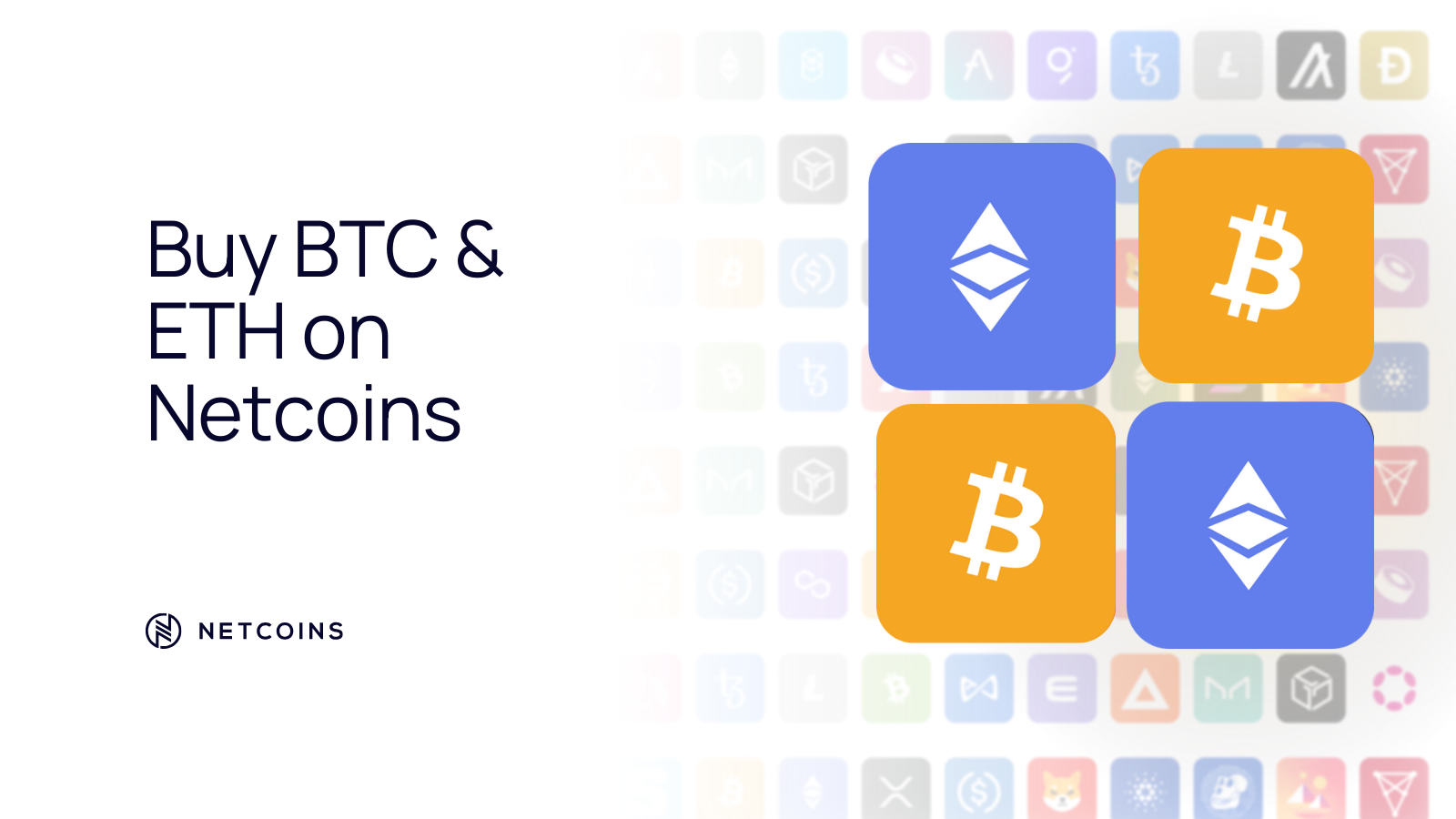Bitcoin and Ethereum are the two giants of the cryptocurrency world, yet they were built for fundamentally different purposes. While both are decentralized digital assets running on blockchains, comparing them is less like comparing two currencies and more like comparing gold to the internet.
The Origin Stories and Core Philosophies

Bitcoin was launched in 2009 by the pseudonymous Satoshi Nakamoto with the explicit goal of creating peer-to-peer electronic cash that no third party could control or inflate (1). Its nine-page whitepaper focuses almost exclusively on solving the double-spend problem without trusted intermediaries. Bitcoin was well thought out in how to be a proper currency/store of value with design choices including a 21 million hard cap supply, fixed halving schedule, and glacial upgrade process is intentional and widely viewed as features that make bitcoin what it has become today (2). Ethereum was proposed in late 2013 by Vitalik Buterin and launched in 2015 as a general-purpose programmable blockchain (3). Ether was never primarily designed to be “money”; its original purpose was to serve as gas that pays for computation and storage on a decentralized world computer (4).
What They Actually Do Differently
Bitcoin’s base layer remains deliberately minimalist, processing roughly 3–7 transactions per second with simple spend-and-receive semantics. Its proof-of-work network currently operates at ~700 EH/s, making it by far the most expensive computer network to attack in history (5).
Ethereum is Turing-complete and supports complex smart contracts written in Solidity, Vyper, and other languages. This programmability enabled the explosion of DeFi, NFTs, stablecoins, and tokenized real-world assets. These categories together represent hundreds of billions in value, the vast majority of which originated on or remain tied to the Ethereum ecosystem (6).

Monetary Policy and Scarcity Models

Bitcoin’s issuance is fixed: 21 million coins total, with 19.88 million already mined and the block subsidy halving every 210,000 blocks (4 years) until ~2140. Ethereum has no hard cap, but since EIP-1559 (August 2021) and the transition to proof-of-stake in September 2022, a portion of every transaction fee is burned. Combined with reduced issuance under PoS, Ethereum has experienced multiple deflationary periods; in several months since the Dencun upgrade (March 2024), more ETH was burned than issued (7).

Security and Decentralization Trade-offs
Bitcoin’s proof-of-work security budget is backed by real-world energy expenditure estimated at 150–200 TWh annually. A successful 51% attack would cost billions of dollars per hour at current difficulty (8).
Ethereum’s security now comes from >38 million staked ETH (~$120 billion at Nov 2025 prices) and slashing penalties. While far more energy-efficient (99.95% reduction post-Merge), critics point to staking-pool concentration (Lido ~29% of stake) as a centralization risk (9).
Network Effects and Use Cases Today
Bitcoin is increasingly adopted as a treasury reserve asset by corporations, ETFs, and even nation-states including the US. Its Lightning Network and emerging layer solutions handle growing payment volume off-chain while settling roots on the base layer.
Ethereum and its layer-2 ecosystem (Arbitrum, Optimism, Base, zkSync, etc.) dominate DeFi TVL (65% market share) and stablecoin supply (80% of USDT/USDC). Post-Dencun rollup costs routinely fall below $0.01 while still inheriting Ethereum’s security (10).
Bitcoin and Ethereum are complementary, not zero-sum rivals. Bitcoin is the hardest, most secure form of money ever created (11). Ethereum is the programmable economic substrate that powers almost everything else in crypto. Sophisticated participants and institutions now hold both.
Ready to Own Bitcoin and Ethereum Today?

You now understand the difference:
Bitcoin is digital gold. Ethereum is the internet of value. The simplest, fastest, and fully regulated way for Canadians to buy BTC and ETH in 2025 is Netcoins.
→ Instant CAD deposits (Interac e-Transfer, wire, or bill pay)
→ Buy Bitcoin and Ethereum with zero deposit fees
→ Withdraw directly to your own wallet in seconds
→ Fully registered with FINTRAC and the Canadian Securities Administrators
Get started here in under 5 minutes!
References
- Nakamoto, S. (2008). Bitcoin: A Peer-to-Peer Electronic Cash System
- Bitcoin Wiki – Controlled supply
- Buterin, V. (2013). Ethereum Whitepaper
- Wood, G. (2014). Ethereum Yellow Paper
- Blockchain.com – Bitcoin hashrate
- DefiLlama – Total Value Locked
- EIP-1559
- Crypto51 – 51% attack cost calculator
- Lido stake share
- DefiLlama – TVL by chain
The information provided in the blog posts on this platform is for educational purposes only. It is not intended to be financial advice or a recommendation to buy, sell, or hold any cryptocurrency. Always do your own research and consult with a professional financial advisor before making any investment decisions. Cryptocurrency investments carry a high degree of risk, including the risk of total loss. The blog posts on this platform are not investment advice and do not guarantee any returns. Any action you take based on the information on our platform is strictly at your own risk. The content of our blog posts reflects the authors’ opinions based on their personal experiences and research. However, the rapidly changing and volatile nature of the cryptocurrency market means that the information and opinions presented may quickly become outdated or irrelevant. Always verify the current state of the market before making any decisions.



.png)

.png)




